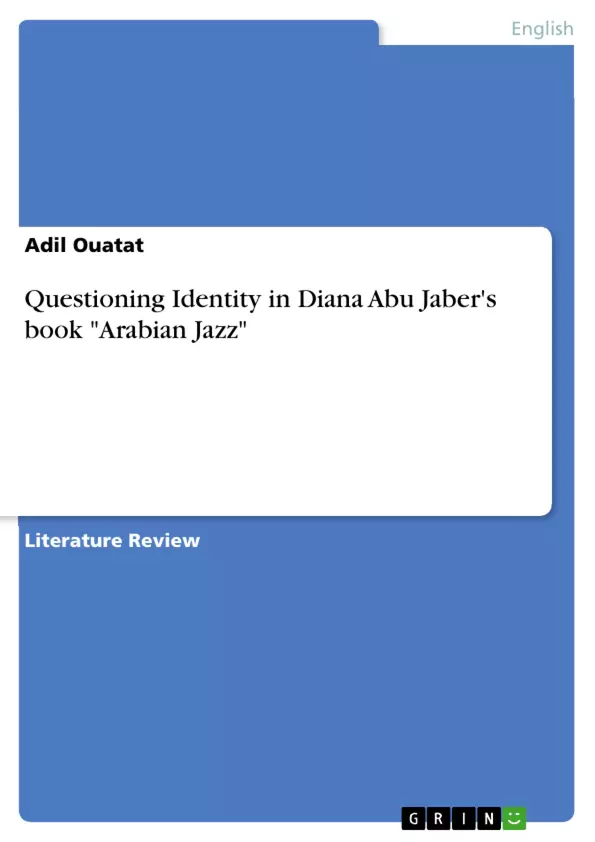Diana Abu Jaber is one of the prominent Arab American women writers. This article aims at discussing one of the literary works of Diana Abu Jaber, namely Arabian Jazz, focusing on the theme of identity. In her writings, Diana Abu Jaber deploys the cultural trope to discuss the Arab-American life and issues of belonging to their homeland. Also, Diana tries to focus on the identity theme to negotiate the existence of Arab in the main stream America and how these characters suffer from the duality and how they try to preserve their homeland identity through a hybridization of both identities. In this article the focus will be on the protagonists of the novel Arabia Jazz and how Diana Abu Jaber tries to analyse the protagonists’ identity in a stylistic way.
Table of Contents
- Introduction
- Identity in Arab American writings
- Conceptx of identity in Diana-Abu Jaber's novel "Arabian Jazz"
Objectives and Key Themes
This article examines the theme of identity in Diana Abu Jaber's novel "Arabian Jazz", exploring how Arab-American characters navigate their dual identities and experiences within American society.
- The complexities of Arab-American identity and the challenges of navigating dual cultural backgrounds.
- The role of cultural tropes in exploring Arab-American life and issues of belonging.
- The use of jazz as a metaphor for the complex and fluid nature of identity.
- The similarities in identity struggles experienced by various minority groups in the United States.
- The importance of self-assertion and self-criticism in constructing a unified Arab-American identity.
Chapter Summaries
- Introduction: This chapter provides a background on Arab-American literature, highlighting its development and evolution over time. It introduces the concept of identity as a complex and fluid concept in the context of globalization and the experiences of diasporic communities.
- Identity in Arab American writings: This chapter analyzes different approaches to identity in Arab-American literature, contrasting the perspectives of the first generation of writers with those of contemporary writers. It highlights the shift towards recognizing and celebrating the multidimensional nature of Arab-American identity.
- Conceptx of identity in Diana-Abu Jaber's novel "Arabian Jazz": This chapter delves into the portrayal of dual identity in Abu Jaber's novel, focusing on the characters of Jemorah and Melvina. It explores the conflict and complexities of their dual identities and uses jazz as a metaphor to represent the fluid and dynamic nature of their self-perception.
Keywords
The key concepts and themes explored in this analysis include identity, hybridity, dual identities, ethnocultural identity, Arabian Jazz, Diana Abu Jaber, Arab-American literature, cultural tropes, and jazz as a metaphor.
- Citation du texte
- Dr. Adil Ouatat (Auteur), 2023, Questioning Identity in Diana Abu Jaber's book "Arabian Jazz", Munich, GRIN Verlag, https://www.grin.com/document/1334028



